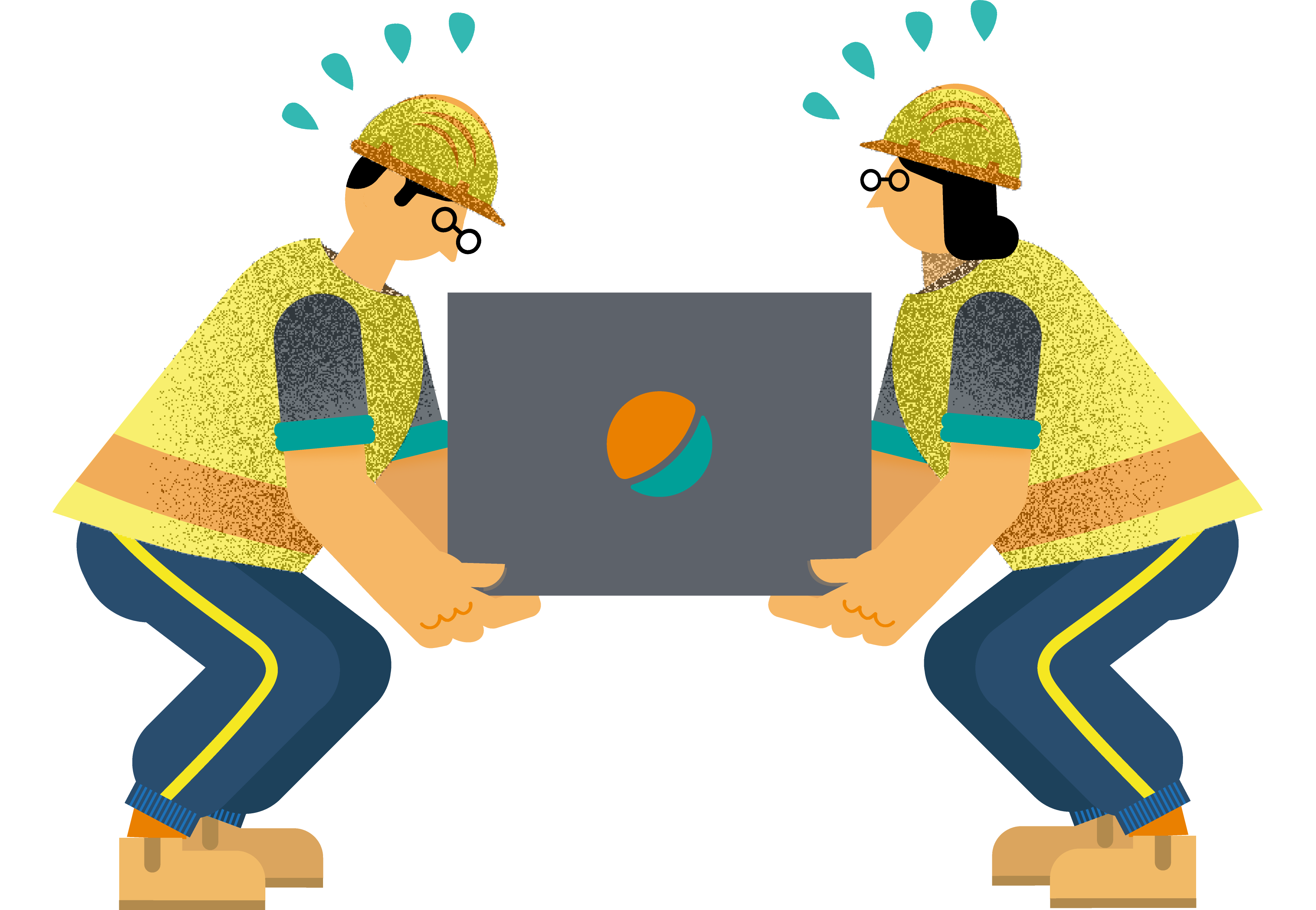Objective
Better understanding that physical activity at work may not always develop functional capacity. However, physical activity at work can be adapted to make the work healthier.
Physical activity at work has many physiological effects
Physical strain at work can use up resources if the work does not include periods of recovery that take the level of strain into account or if the work causes unbalanced strain. However, varied exercise during leisure time promotes health also for people engaged in physical labour. Physical work can also improve physical conditioning if the work is planned correctly.

Image. The paradox of physical activity – impact mechanisms that explain why exercise during work may not cause improvements.
The overall stress during a working day or work shift must not be too high
If there is a lot of a specific kind of strain during a working day, you need:
- periods of rest (sitting or even lying down) and/or
- varied work tasks (e.g. changing work stations during a work shift in industrial work) and/or
- physical activity that promotes recovery during the working day and/or
- planning the work so that the strain is balanced (e.g. switching sides in cleaning work) and/or
- scheduling the work so that instead of low levels of stress over a long period of time, the work is done in a shorter intense periods, followed by rest and/or
- training the physical characteristics required by the work when fully recovered (e.g. specific muscular conditioning, endurance)
- Engaging employees in planning the measures that affect the workload.
The employees know the stress factors and work methods of their own work. They may have good ideas that can have an impact on the stressfulness of the work.

